Lynchian Darkness - A Mashup on "Darkness" in the films of David Lynch, by Anastasya Stolyarov.
A fantasy realized - is a Nightmare.(Žižek 2006)
Traditional Hollywood Cinema filmmakers have been consciously avoiding the use of extreme contrasts of light and dark in their films since countless decades. There were exceptional genres like Film Noir, and there was David Lynch...
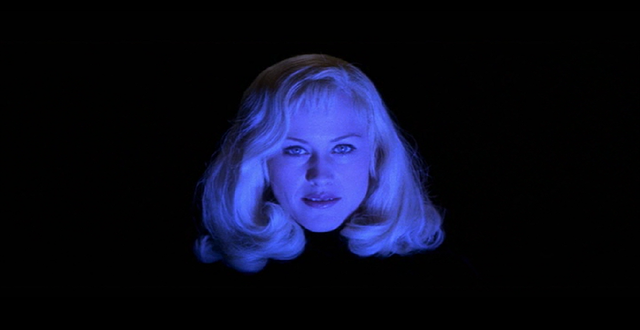
"I wouldn't know what to do with [color]. Color to me is too real. It's limiting. It doesn't allow too much of a dream. The more you throw black into a color, the more dreamy it gets ... Black has depth. It's like a little egress; you can go into it, and because it keeps on continuing to be dark, the mind kicks in, and a lot of things that are going on in there become manifest. And you start seeing what you're afraid of. You start seeing what you love, and it becomes like a dream." (Lynch 2005, 20)
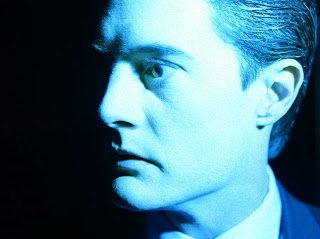
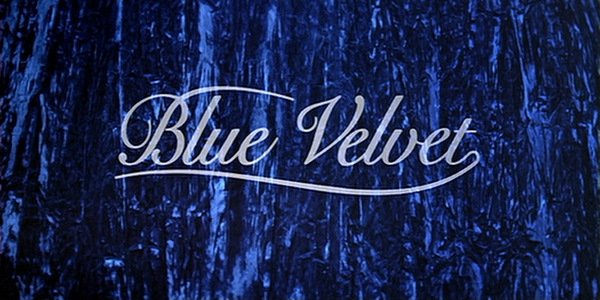
The films of David Lynch are not about what we perceive as a straight realistic physical world. As a spectator, while watching his films, sooner or later you find yourself asking: "What is this: a realistic story or a hallucination of a sick mind?". Very often the main characters start doubting their own existence, they dissolve in the space, in darkness, or just step out of the frame and disappear from the room. Lynch employs dark shadows, shocking bright flashes, zooms into darkness and pocket torches to get a cinematic look and language of a confused mind, resembling schizophrenia. Those dark spaces are filled with fears, suspicion and questions with no answers, which lead the heroes to extreme impulsive decisions.
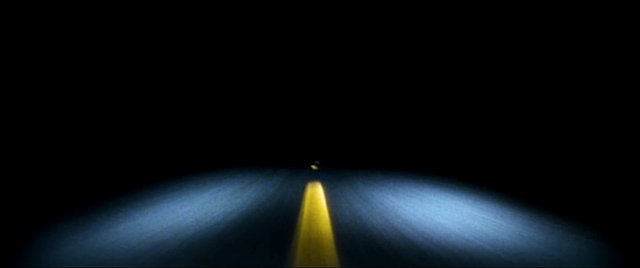

Slavoj Žižek, who is considered today a "rock star of modern philosophy", has analyzed many films using the Freudian and Lacanian method of psychoanalysis. In his analysis he explains the effect of "partial objects", which can be applied to Lynche's films, because the darkness in his films is always partial. The flashes of light followed by dark frames uncover just parts of the story, which develops also when we don't see what's happening. While analyzing the "Vertigo" of Hitchcock, Žižek explains: " When we see a face, it’s basically always the half of it [...] Behind it, there is a void, a nothingness. And of course, we spontaneously tend to fill in that nothingness with our fantasies [...] to see what is lacking in reality." (Žižek 2006) Besides this, Žižek suggests that we tend to project not just any kind a fantasy onto nothingness, but rather those fantasies, which are impossible to realize, like imagining one person to be a totally different, already dead person. This kind of fantasy makes us try to "raise the dead" and this is why "A fantasy realized - is a Nightmare."(Žižek 2006)
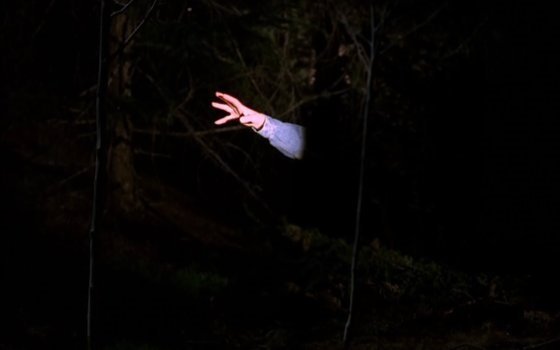
"The beauty of Lynch, if you look closely, is never clear. Is it really the brutal "real" out there which disturbs us, or is it our fantasy? The logic here is strictly Freudian, that is to say we escape into dream to avoid a deadlock in our real life. But then, what we encounter in the dream is even more horrible, so that at the end, we literally escape from the dream, back into reality. It starts with: dreams are for those who cannot endure, who are not strong enough for reality. It ends with: reality is for those who are not strong enough to endure, to confront their dreams. The properly uncanny moments are those when the second shift occurs, when the fantasy-space, the dreamscape, as it were, is already disintegrating, but we are not yet back into reality. This intermediate space, neither fantasy-space nor reality, this space of a kind of primordial violence, dispersion, onto logical confusion… This is the most subversive moment, the true horror of these films." (Žižek 2006)
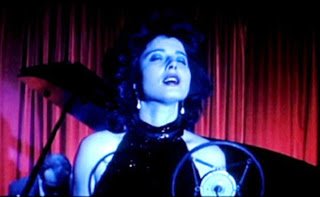
Žižek describes our experience as spectators watching Lynche's films in a following way: "In Lynch’s films, darkness is really dark. Light is really unbearable, blinding light. Fire really hurts, it’s so hot. At those moments of sensual over-intensity, it is as if events on screen itself, threatens to overflow the screen and to grab us into it, to reach towards us. It’s again as if the fantasy-space, the fictional, narrative space, gets too intense and reaches out towards us spectators so that we lose our safe distance. " (Žižek 2006) Eckhard Pabst describes very similarly this experience of a spectator sitting in a dark cinema and being suddenly withdrawn by the darkness in Lynche's film to find oneself on the other side of the screen. (Pabst 1998, 26).

It is known, though, that David Lynch himself sees a hope and believes in escape from those dark spaces and states of mind. "Lynch does not see darkness as a morally negative place, but as a space of the unknown of the subconscious, from which anything, both the marvelous and the terrible can emerge" (Nochimson 2002, 151) Lynch fills those moments of hope in his films with a blinding light, romantic sensitive music and tears of liberation. Therefore the last part of the mashup is dedicated to some of those moments. It is, however, arguable, how big is Lynchian "hope". Those blinding moments of hope and love feel nevertheless bitter and sad...One of the Twin Peaks characters, Garland Briggs, replies to the question of Windom Earle:
"-Garland, what do you fear most in the world?
-The possibility that love is not enough..." (Season 2, "The Path to the Black Lodge" (TV, 1990)) As every Buddhism practitioner, David Lynch knows, that true liberation and Enlightenment is far more likely to happen after death, and only few of mortal beings managed to reach it in this life...
--------------------------------------------
Bibliography
· Lynch, David and Rodley, Chris (2005). Lynch on Lynch (revised edition). New York: Faber and Faber.
· Pabst, Eckhard (1998). A Strange World. Das Universum des David Lynch. Kiel: Verlag Ludwig.
· Sheen, Erica and Davison, Annette (2004). The Cinema of David Lynch : American Dreams, Nightmare Visions (Directors' Cuts),p.r.n. All I Need is the Girl: The Life and Death of Creativity in Mulholland Drive. Publ. Martha Nochimson. London: Wallflower Press.
· Fiennes, S.(Producer/Director), Žižek, S. (Writer/Performer)(2006). The Pervert's Guide to Cinema. [Motion picture]. UK, Austria, Netherlands: Amoeba Film, Kasander Film Company, Lone Star Productions, Mischief Films
--------------------------------------------
On my Mashup Editing choises:
Sound and image excerpts from:Blue Velvet
Twin Peaks (1 and 2 Seasons)
Twin Peaks: Fire Walk with Me
Lost Highway
Mulholland Dr.
The Straight Story
Inland Empire
Lynche's heroes as well as all the film architectures seem to emerge from darkness and melt back into it, constantly going back and forth. Also, Lynch constantly shows the shocking switch between the total darkness and the extreme blinding light. My mashup attempts to present the condensed lighting techniques of Lynche's cinematic language, it's persistent repetitive nature and inseparable combination with sound and camera zooms. Most of the sounds in the mashup belong to the actual image, however some sounds were replaced by similar ones from other films in order to avoid dialogs. Also, 3 short monologues dealing with the "Darkness and Light" themes were added to the original sound. These monologues come from the same films used for the mashup, but are now combined with different images and serve the attempt to explain the meaning of "Darkness" by the director himself, through his heroes.
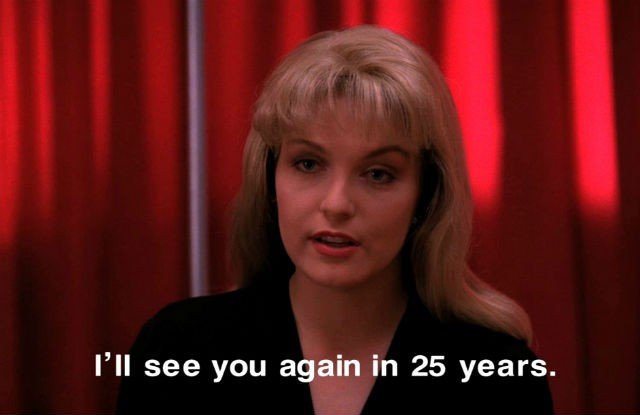
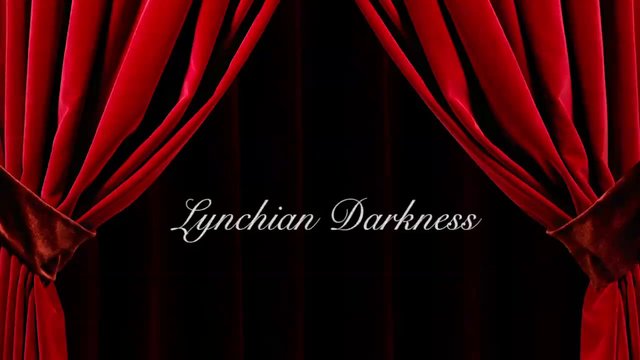
lynch is one creative director. almost no one ever includes wild at heart when representing his work. the inclusion of the wizard of oz theme is brilliant.
THE VIDEO IS THE FIRST IMAGE